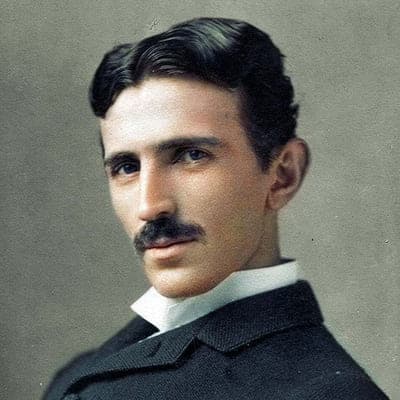“Too often engineering is seen solely as an implementation function, focused on executing against a well-defined plan. Design teams benefit from being able to engage with technology as part of the exploration of design solutions. Prototyping helps designers quickly appreciate the experiential impacts of their design decisions. When designers are limited to static representations (comps, mockups, wireframes), they may propose solutions that do not “feel” right, and need reconsideration after being built. Better to uncover this as part of the design process, when the engineering can be rougher (i.e., not production-ready), and there’s not a significant investment in any particular direction.
Many product designers have this skillset, which allows a design organization to grow for a while without warranting a dedicated creative technologist. Teams can also prototype using tools such as Axure and Invision, which don’t require coding knowledge. But at some point, usually around 15–20 team members, it makes sense to have someone who focuses on this practice. At this scale, efficiency is realized as creative technologists can go deeper and work faster than product designers who also happen to code as a part of their job. Additionally, without dedicated creative technologists, a design problem with a tricky technological bent requires a production engineer to take time away from delivery and support this exploration. A creative technologist on the team allows others to focus on what they do best, and serves as a deep connection between design and engineering.
This role can get confused for another such connection, the Frontend Developer. While frontend developers work closely with design and can be quite design savvy, the role is fundamentally an engineering role oriented on delivery. The Creative Technologist is less concerned about delivery than possibility. They can be fast and loose with their code in a way that frontend developers cannot. Frontend developers ultimately serve the purpose of the engineering team, focused on performance matters of stability, speed, and working-as-it-should at scale.
Creative technologists align with the mission of the design organization, using engineering as a tool to uncover opportunities for a clear, coherent, and satisfying user experience.”
Excerpt From
Org Design for Design Orgs: Building and Managing In-House Design Teams
Peter Merholz





